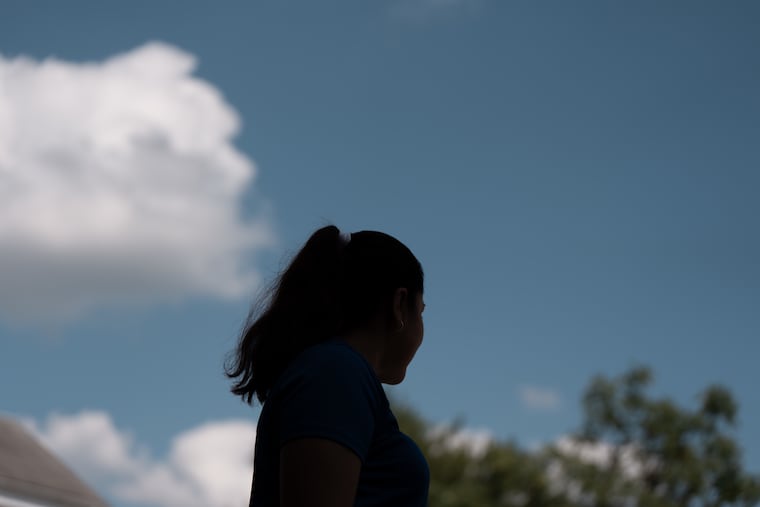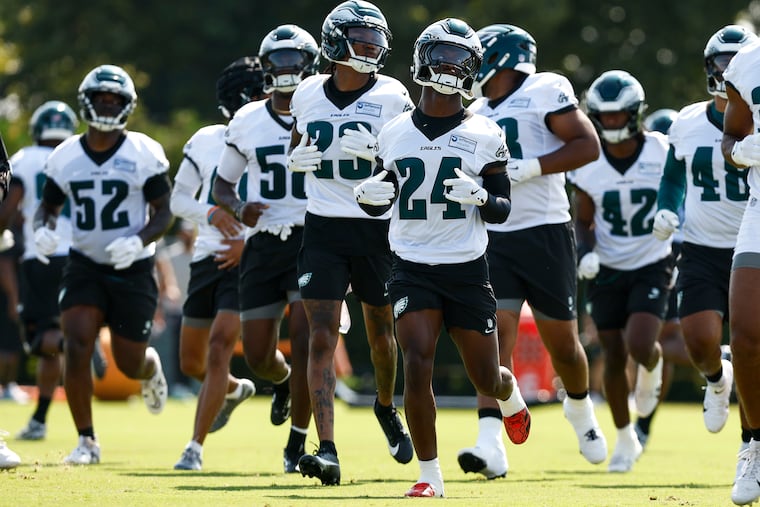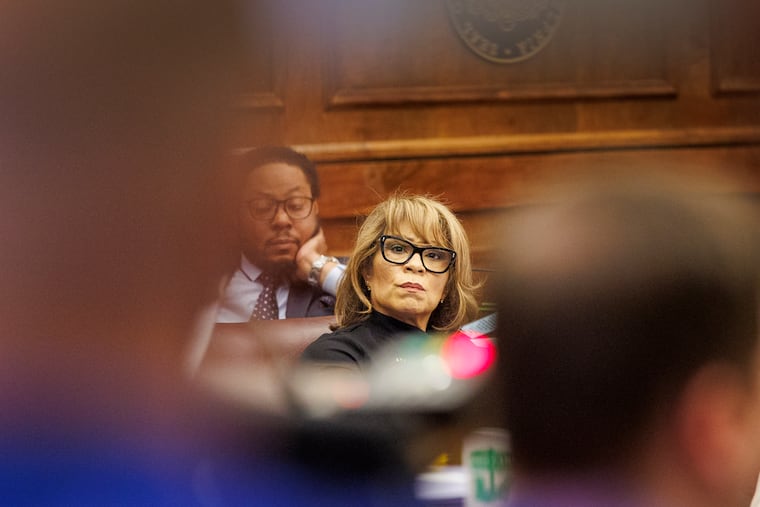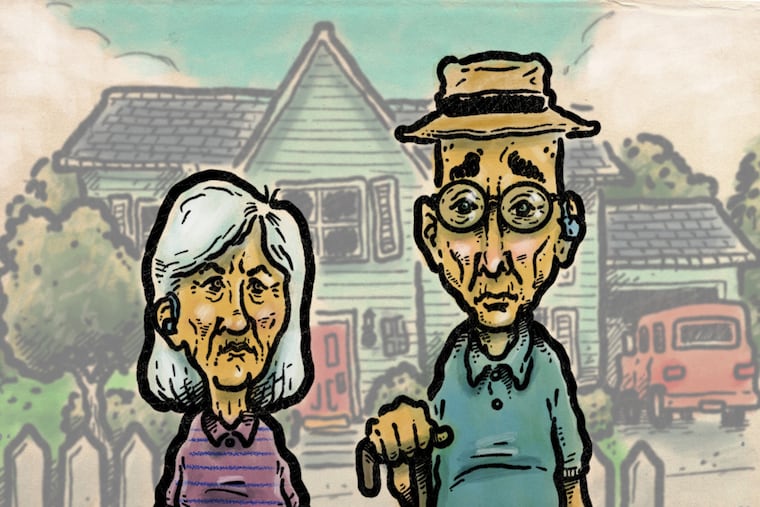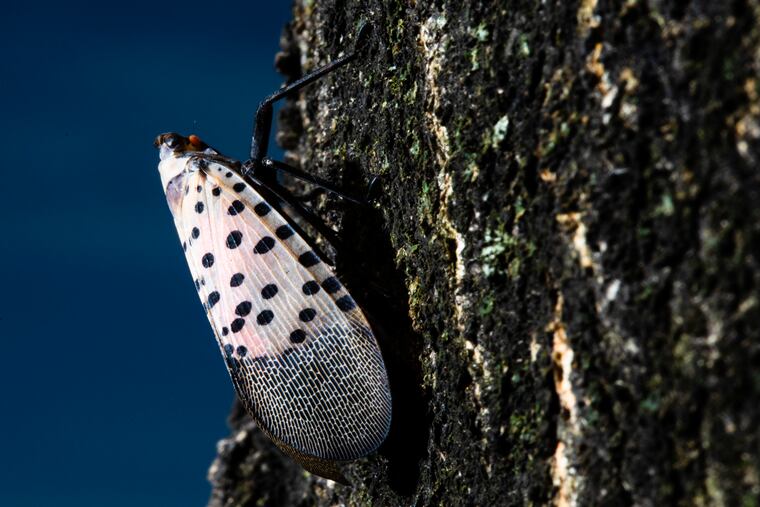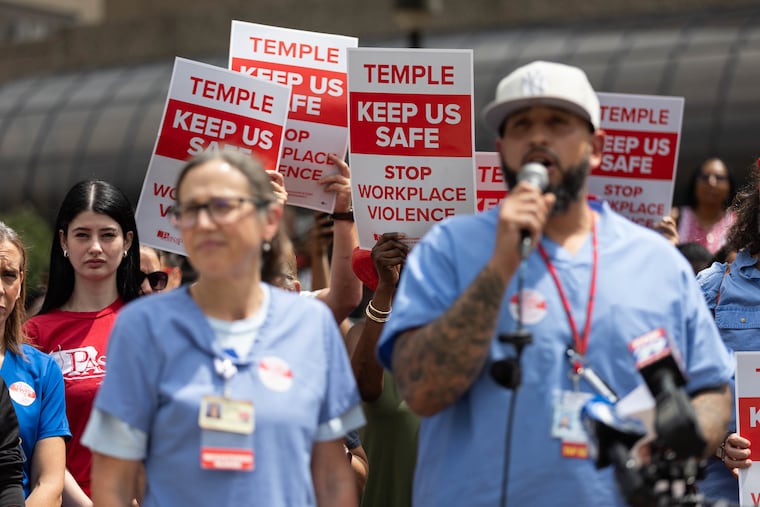Philly has the mumps, but not measles, despite a national surge. Thank vaccines — and luck
While mild cases of measles can resemble the flu, the disease can have serious complications such as pneumonia and encephalitis — swelling in the brain.

- Phillies ride big performances from J.T. Realmuto and Kyle Schwarber in 12-5 win at Yankees
- As Dick Allen finally gets into the Hall of Fame, Bill James has no apologies for his cruel criticism of him
- Dick Allen left Willie Mays and Willie Stargell in awe, and other things to know about the new Hall of Famer
- For what he endured and how he triumphed, Dick Allen deserves the loudest Hall of Fame cheers
- 🍁 What Canadians in Wildwood told us | Down the Shore
Mike Sielski | Columnist
Barry J. Jacobs and Julia L. Mayer, For The Inquirer
Andrew Dalton and Itzel Luna, Associated Press
Joshua A. Bickel, Isabella O'Malley and Jennifer McDermott, Associated Press

